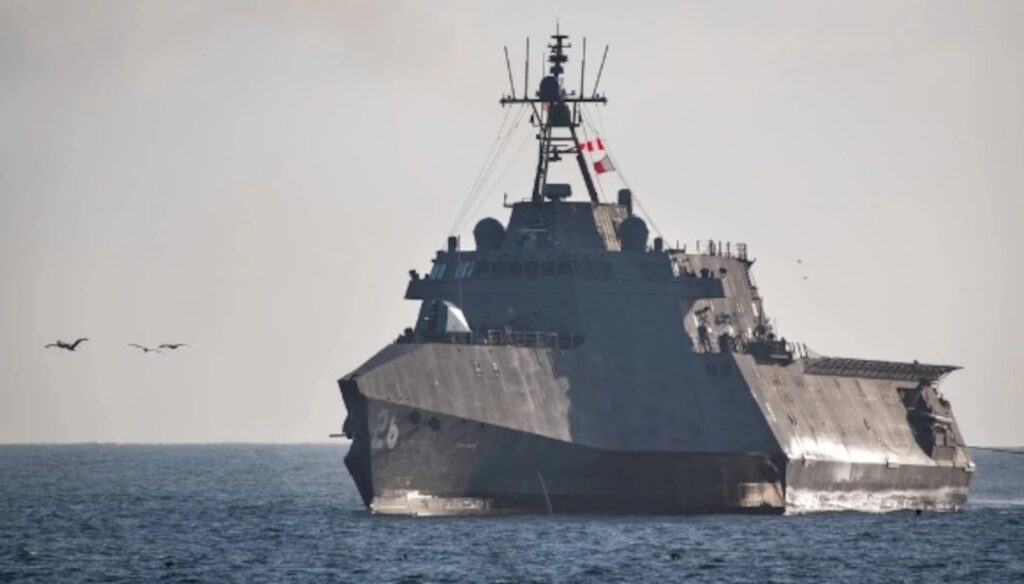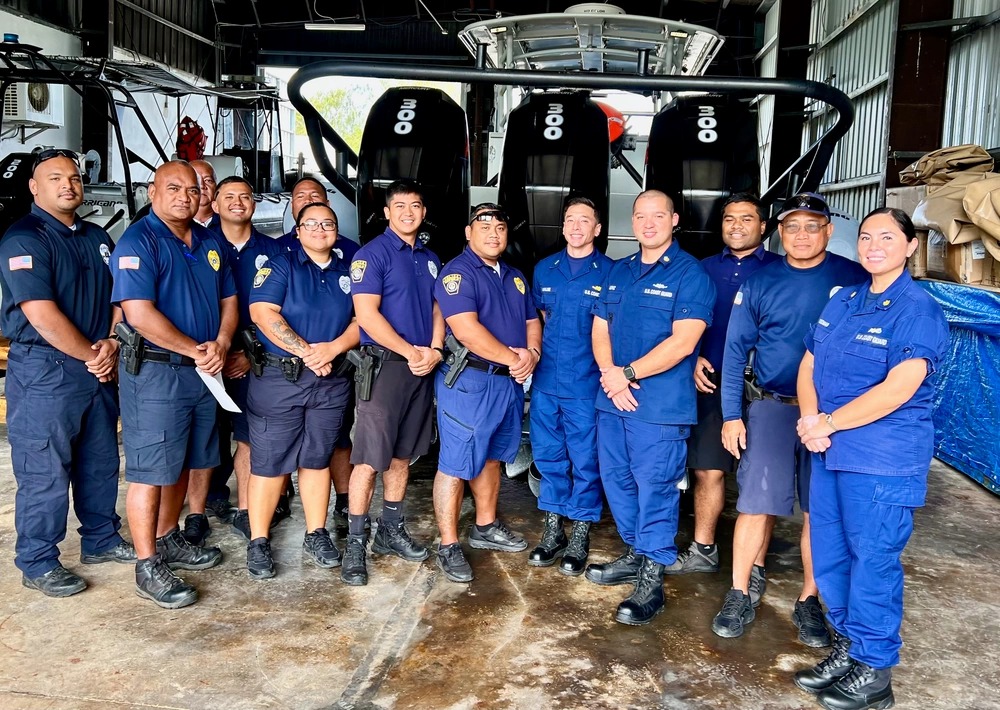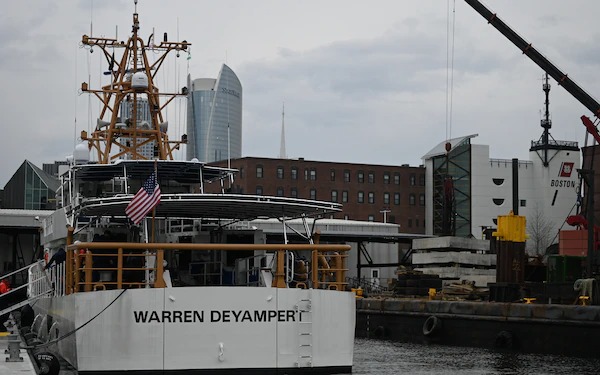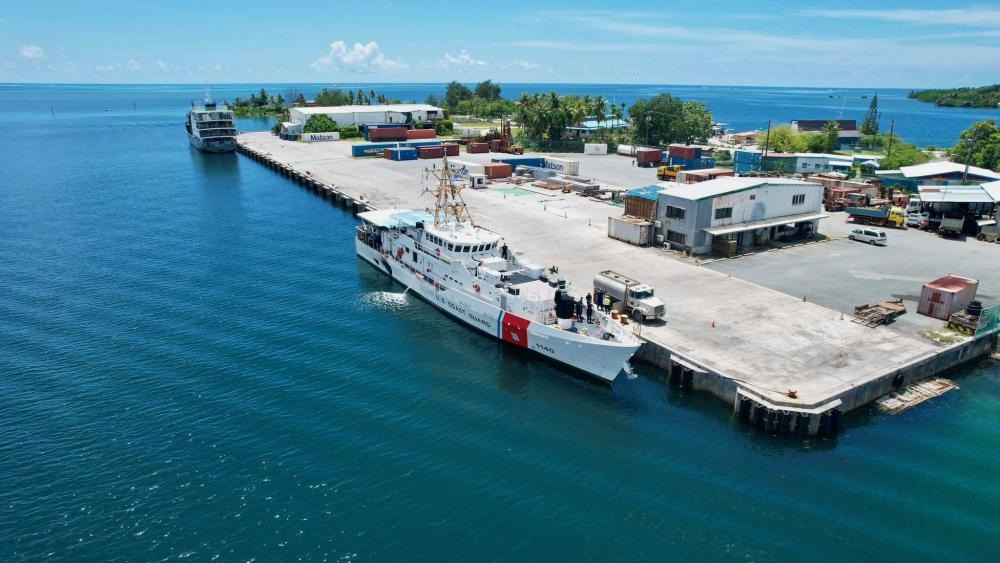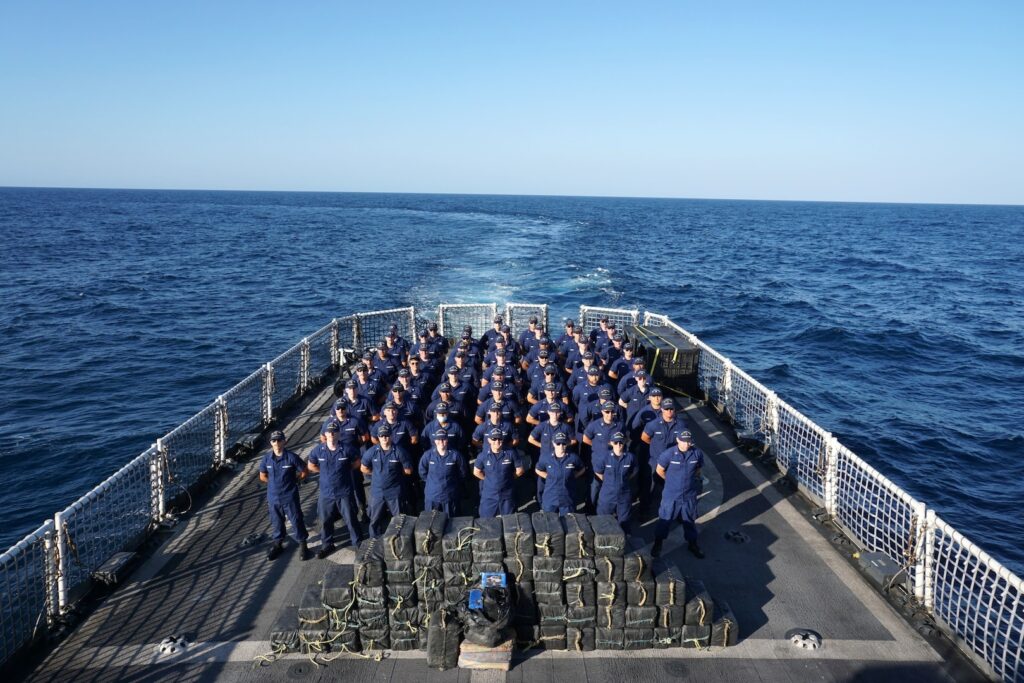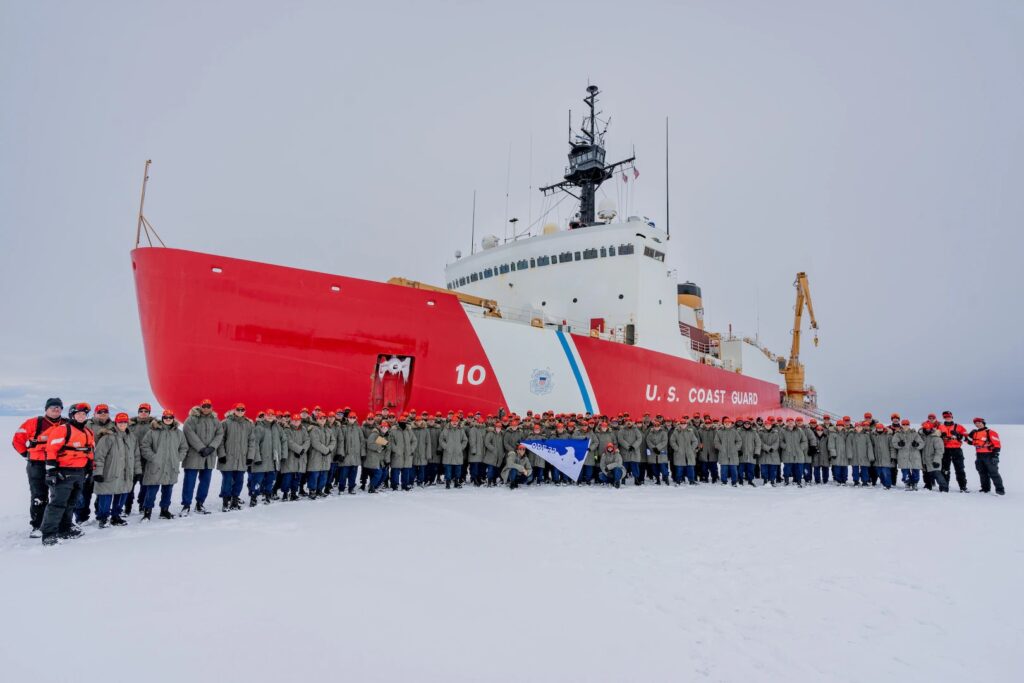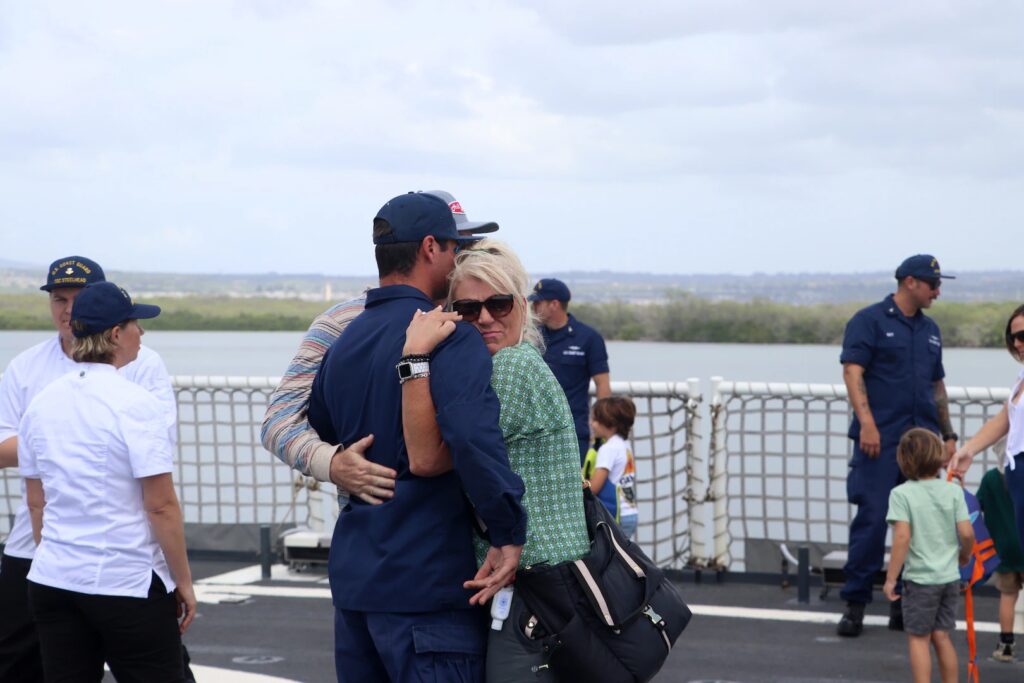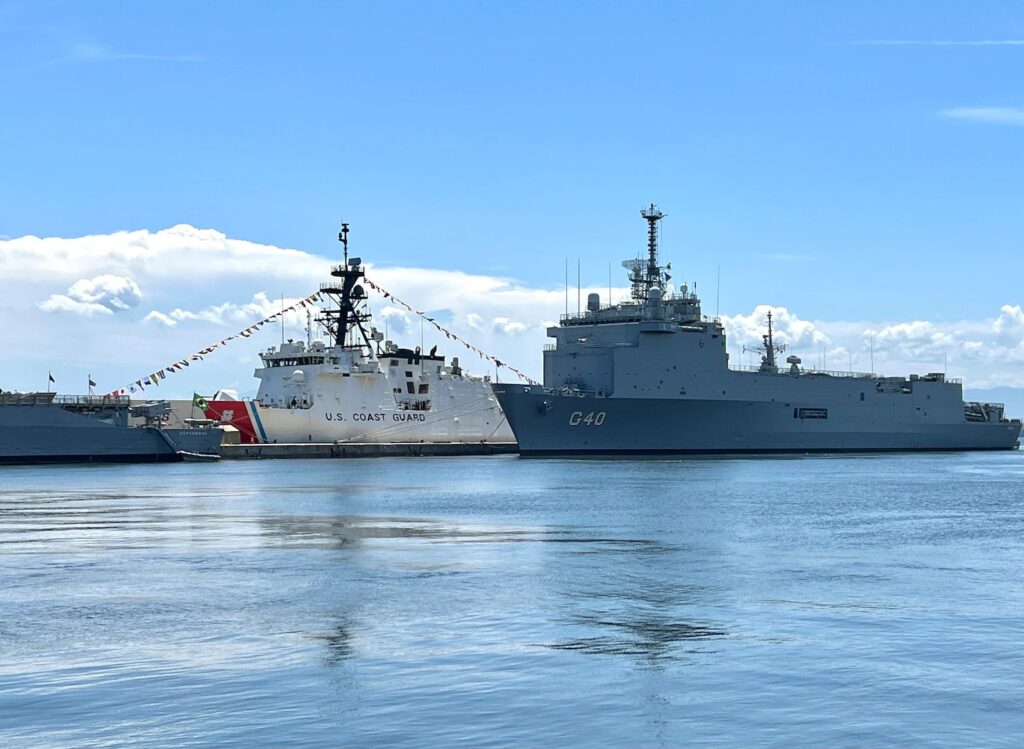Fairbanks Morse Defense Launches Accelerator Program to Support Emerging

*****
Defense contractor dedicating mentors and additional resources to
foster promising mission-critical technologies
BELOIT, Wis. – March 28, 2023 – Fairbanks Morse Defense (FMD), a portfolio company of Arcline Investment Management (Arcline), has launched the FM Defense Accelerator program to identify and nurture emerging technologies with mission-critical applications for the future of maritime defense. The defense contractor is now accepting applications for participants.
“As a principal supplier of best-in-class maritime defense technology, we are well positioned to recognize and foster pioneering solutions that have the potential to solve challenges faced by the industry,” said FMD CEO George Whittier. “The FM Defense Accelerator is open to eligible entrepreneurs with a great idea, a plan for bringing it to fruition, and an appetite to work with us and benefit from our expertise and relationship with the Navy, Coast Guard, and Military Sealift Command (MSC).”
Once selected, participants will work with FMD mentors selected from the defense contractor’s Technology Center of Excellence specifically for their expertise. In addition to the dedicated mentors assigned to FM Defense Accelerator participants, program benefits include the following:
- Individual programs created specifically for each technology ranging from three months to several years
- Access to broader FMD resources, including technical experts and a worldwide service network
- Brand exposure opportunities and marketing support
- Route to market advice and support
Once a technology reaches a predetermined development milestone, it has the opportunity to be demonstrated at various industry events, giving FM Defense Accelerator participants exposure to representatives from the Navy, Coast Guard, MSC, and other key stakeholders.
FMD has recently been working with technology collaborators through the Technology Center of Excellence, and a selection of these companies will be transitioned into the FM Defense Accelerator program.
The FM Defense Accelerator will be featured at the FMD booth (837) at the Sea-Air-Space Exposition from April 3rd to 5th, 2023, at National Harbor, MD, along with live demonstrations of naval defense technologies being developed by FMD and its technology collaborators.
Companies interested in applying for a place on the program can visit the landing page at https://rb.gy/f4qogd to complete the online application.
About Fairbanks Morse Defense (FMD)
Fairbanks Morse Defense (FMD) builds, maintains, and services the most trusted naval power and propulsion systems on the planet. For more than 100 years, FMD has been a principal supplier of a growing array of leading marine technologies, OEM parts, and turnkey services to the Navy, Coast Guard, Military Sealift Command, and Canadian Coast Guard. FMD stands ready to rapidly support the systems that power military fleets without compromising safety or quality. In times of peace and war, the experienced engineers, sailors, and technicians of FMD demonstrate our commitment to supporting the mission and vision of critical global naval operations wherever and whenever needed. FMD is a portfolio company of Arcline Investment Management.
To learn more, visit www.FairbanksMorseDefense.com
